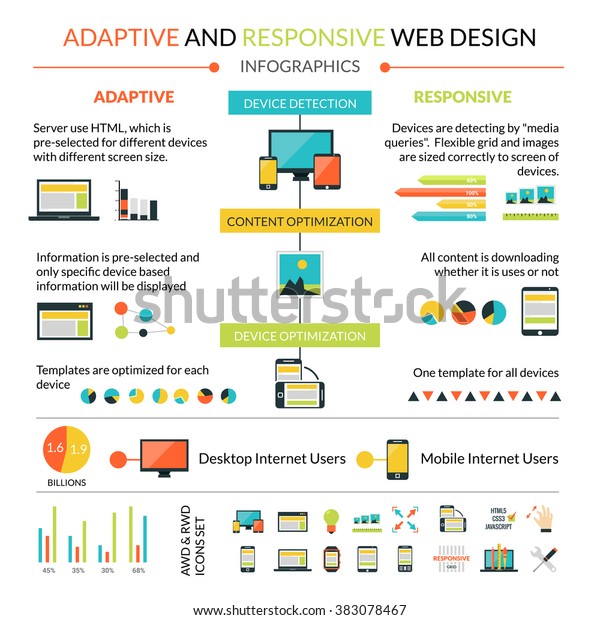Discover The Basics Of Responsive Web Design To Make Certain A Smooth User Experience Throughout Different Display Sizes And Tools
Discover The Basics Of Responsive Web Design To Make Certain A Smooth User Experience Throughout Different Display Sizes And Tools
Blog Article
Write-Up Writer-Rees Overby
If you desire your internet site to work well on all gadgets, learn the essentials of receptive web design. Guarantee your site looks excellent on any kind of display dimension. Maintain website compliant with disability discrimination act satisfied and engaged. Boost your site's visibility on online search engine. Google chooses mobile-friendly web sites. Use liquid grids, flexible pictures, and media inquiries. Make certain your content comes on all gadgets. Examine web development consulting on different displays for the very best user experience. Mastering these principles is critical for reliable receptive layout. Discover even more regarding enhancing your web site's use with responsive layout strategies.
Significance of Responsive Website Design
Understanding the relevance of receptive website design is necessary in today's digital landscape. Your site requires to be accessible and user-friendly throughout numerous gadgets, consisting of desktop computers, laptops, tablets, and mobile phones. With simply click the next site raising use of smart phones for web browsing, having a responsive design is no more just a nice-to-have attribute yet a necessity.
When your internet site is receptive, it adjusts seamlessly to different screen sizes and resolutions, offering an optimal watching experience for your visitors. This versatility makes sure that your material continues to be readable, pictures are appropriately shown, and navigating is easy to use regardless of the device being used. By dealing with the demands of mobile individuals, you can enhance customer satisfaction, boost engagement, and inevitably drive conversions.
In today's affordable on-line atmosphere, having a receptive website can additionally favorably affect your online search engine positions. Online search engine like Google prioritize mobile-friendly sites, so by accepting receptive design, you not just enhance the individual experience but also enhance your presence and reach online.
Key Concepts of Responsive Style
To efficiently implement receptive design on your website, concentrate on grasping the vital principles that regulate its adaptability across various gadgets. One fundamental principle is fluid grids, which involves making use of relative units like portions rather than dealt with devices like pixels for layout style. This enables aspects to resize proportionally based upon the display size.
One more crucial concept is versatile images and media, where photos and video clips are sized in such a way that adapts to the container they remain in, guaranteeing they keep their proportions on various gadgets.
Additionally, media inquiries play a vital duty in responsive style by allowing you to use various designs based on the tool's characteristics, such as display width. It's important to focus on material and performance to make certain that users can access one of the most essential details no matter the tool they're using.
Implementing Responsive Design Techniques
Begin by incorporating responsive layout methods into your web site to maximize its performance throughout different tools. One reliable method is utilizing fluid grids that enable aspects to resize proportionally based upon display dimension. This makes sure a constant layout and user experience.
An additional critical strategy is utilizing adaptable photos that can adjust to various screen dimensions without losing quality or damaging the design. By establishing max-width: 100% in CSS, pictures will scale properly.
In addition, utilize media questions to use different designs based on the device's features, such as display width or alignment. This helps tailor the design for details tools or display dimensions.
Implementing a mobile-first method, where you focus on creating for mobile phones prior to desktops, can additionally boost responsiveness.
Evaluating your site on numerous devices and display sizes is crucial to make sure that the style responds well across the board. By including these receptive style methods, you can create a site that supplies an optimum customer experience regardless of the tool being made use of.
Conclusion
Since you recognize the basics of responsive website design, you can guarantee your web site looks great on any device. Keep in mind, responsive layout is like a chameleon, adjusting seamlessly to its surroundings.
By concentrating on crucial concepts and applying methods, you can develop an easy to use and aesthetically attractive internet site that engages your target market effectively.
Keep practicing and improving your abilities to stay ahead in the ever-evolving globe of website design.
